Concrete Milling: Why, What and How to Mill [Tips]
Concrete Milling is the process that involves removal of upper layer of concrete to obtain a smooth surface. Due to faulting and rutting of wheel studs, the upper layer of roads becomes uneven over time. Some of the areas that need milling are; roads, pavements, bridges, parking lots and sidewalks.
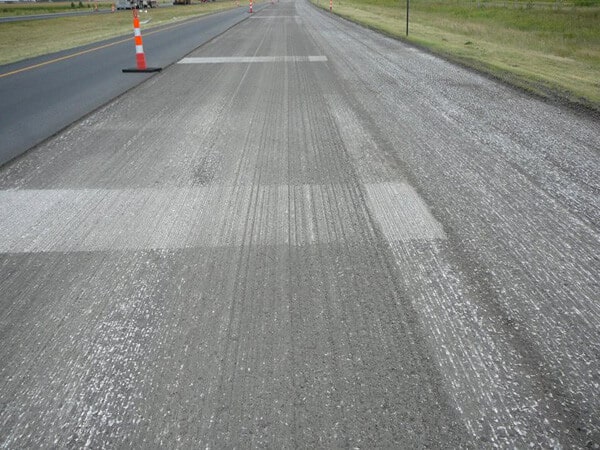
The paved surfaces, thus, needs to be renewed to maintain road safety and norms. Ranging from hand-held to self-propelled, various sizes of milling machines are available.
This article will give you a complete guide about steps involved in milling concrete.
Contents
Why is Concrete Milling done?
- Irregular concrete surface is unsafe for wheel tires. Due to this irregularity the noise caused due to friction increases too. Milling helps in restoring the smooth concrete surface. This results in better road experience.
- It is a great way to increase the aesthetic appeal of concrete surface. Milling polishes the upper surface and makes it shine.
- Milling increases the durability and life of the roads.
- It is an environmental friendly way to recycle the paved areas. The new top layer of concrete uses scrapped off pieces of old layer as aggregates. This means it is ecologically safe.
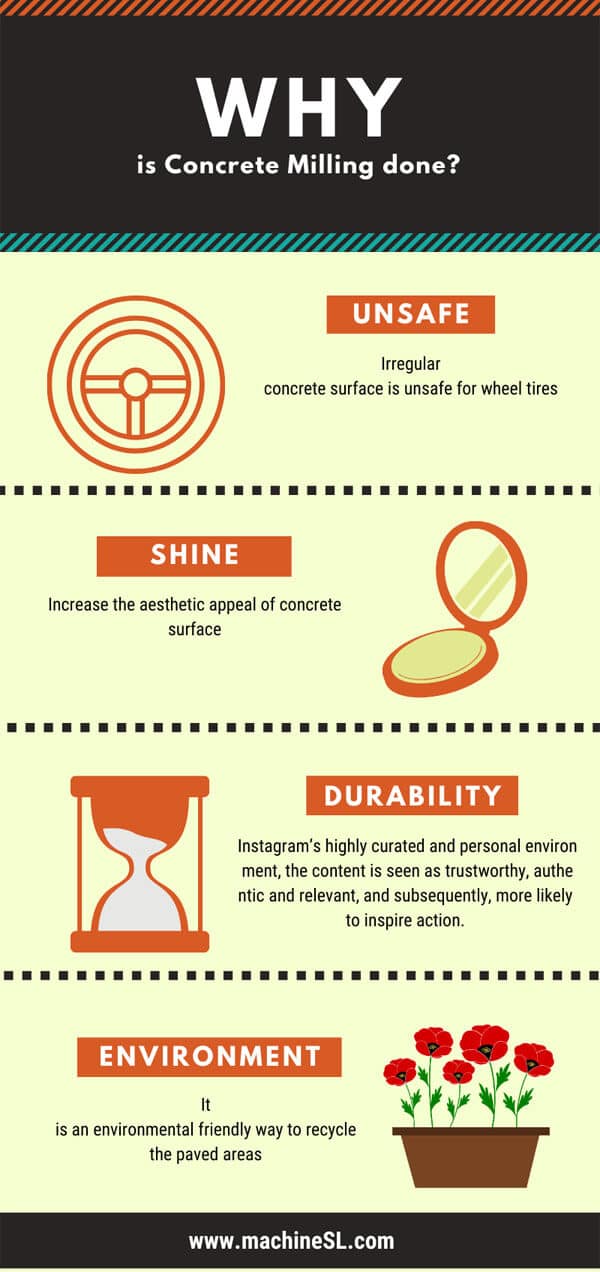
Classes Involved in Concrete Milling
According to the standards, there are five classes involved in concrete milling
- Class I: Milling concrete is performed to remove irregularities on surface.
- Class II: Milling is carried out at uniform depth according to plans and specifications.
- Class III: Milling is done at uniform depth according to plans and specifications but with additional cross slope
- Class IV: Full depth milling is done.
- Class V: Concrete milling is done at different depths on different locations.
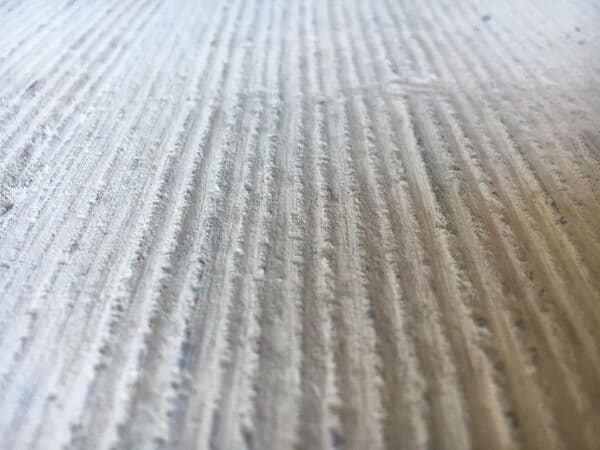
How Milling Machine Works in Surface Preparation?
There are two ways to perform concrete surface preparation; Scarifying and Diamond Grinding.
Diamond grinding method uses a close network of diamond saw blades that graze away uneven concrete bits. The blade runs on surface many times to ensure smooth surface. These grinders lead to a longitudinal finish on macroscopic level. This longitudinal texture provides safe ride, skid resistance and lesser noise.

Another type of concrete surface preparation technique is scarifying. The machines used to carry out milling have carbide-tipped teeth which rip off the top layer of the pavement. They come with multiple set of interchangeable attachments to achieve different finishes.

The more advanced machine nowadays have made concrete milling easier. Scarifiers come with a swarm of options and sizes depending upon your needs. The cutters adjust according to the desired depth. Some modern alternatives also come with self-leveling automated features.
It is always advised to invest in machines that come with more shafts to hold extra cutters. A lot of options are available in the market with quick changing drum designs. These added features make switching or replacing cutters easy and effortless.
Attachment Options Available
- Selecting the right diamond blades is very important in diamond grinding method. The ‘golden rule’ to choose right diamond is: Select hard bond diamonds for soft concrete and soft bond diamonds for hard concrete.
- Most scarifying machines come with a hook to attach a vacuum. This vacuum collects scraped off dust and debris particles. Scarifying cutters are either made of tungsten carbide or hardened steel. These come in varying diameter, widths, tips styles, number of cutters and grades.
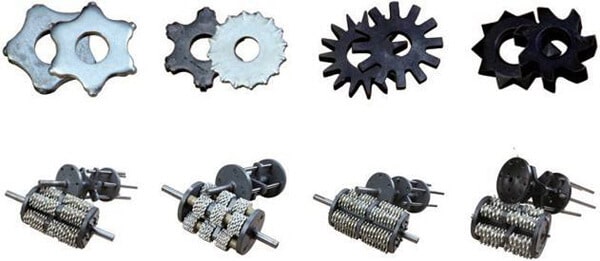
Applications of Milling Concrete
- Diamond grinding is used to carry out concrete restorations by repairing cracks, grooves and joints in concrete.
- Milling helps in smoothing the surface. It removes upper coats of heavy floor tiles mastic, epoxy materials and other industrially used flooring.
- Concrete roads are safer and more driver friendly after milling.
- Sidewalks and walkways become anti-skid with surface preparation techniques like grooving.
Tips for Best Results in Milling
- Operators tend to increase the speed of grinders due to work pressure. This could lead to overheating and eventual ‘glazing off’ in the machine. Cautiously choosing speed of grinders will not lead to premature machine faulting.
- When using a scarifier, different cutting arrangements can lead to varied finishes. Closely spaces cutters will lead to smoother surface whereas, wider placement of cutters get coarse finish.
- When going for smoother finishes always try to get rid of the scratches as soon as you see them. The scratches do not heal but increase over time.
- Micro milling is a low cost alternative to get the same finish as diamond grinding. It takes much less time to achieve the same polished finish.
Conclusion
Surface preparation industry is highly competitive but milling is a lucrative field.
Employing innovative concrete milling machinery will lead to world-class finish. If used correctly they can help you to achieve optimal results in your projects.
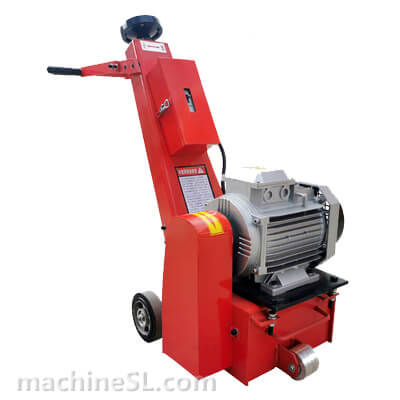
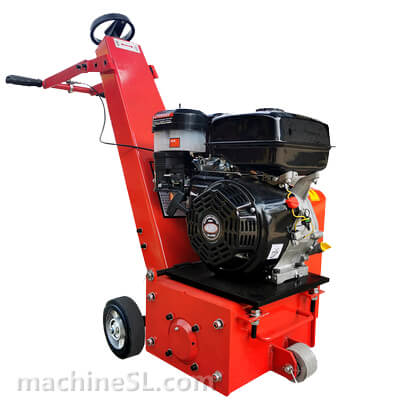
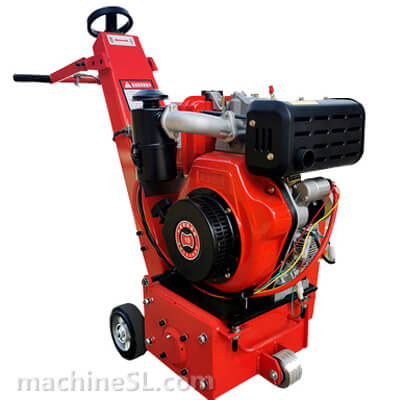
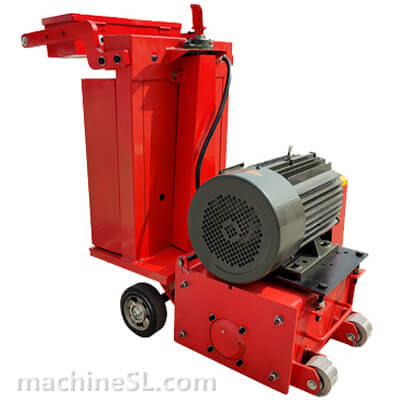
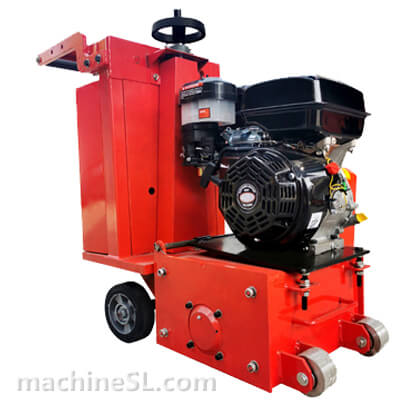
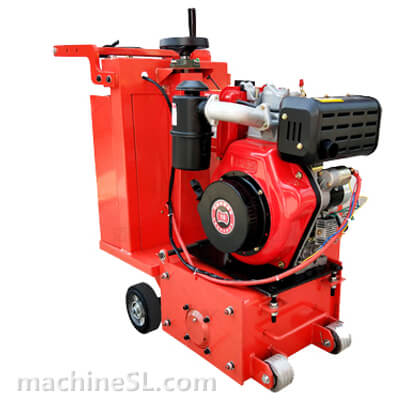
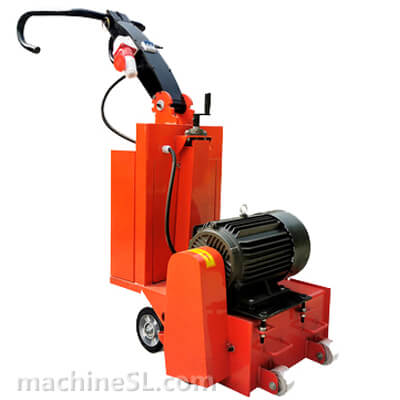
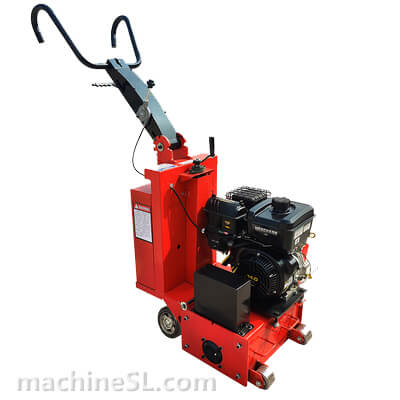
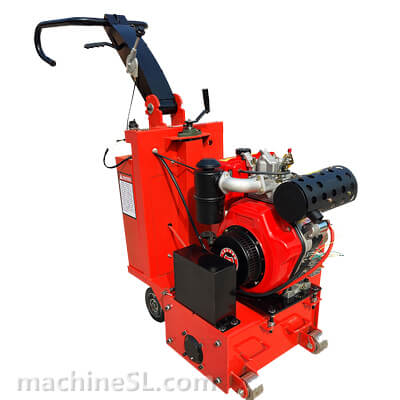
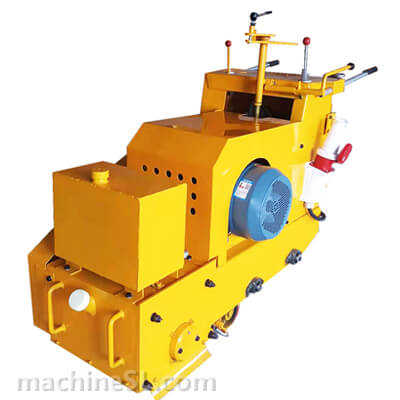
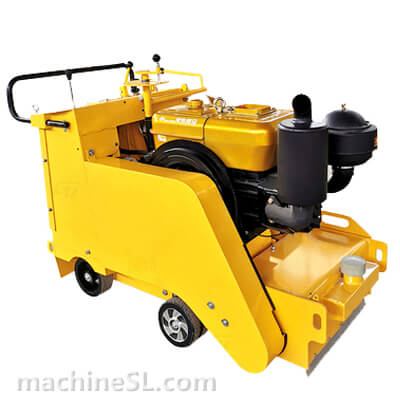
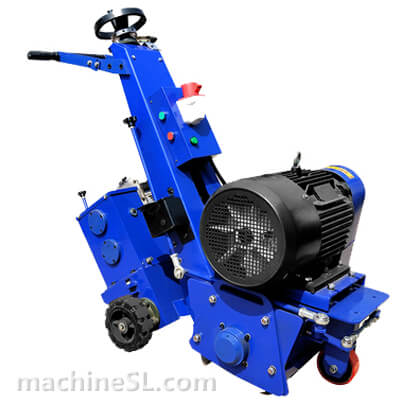

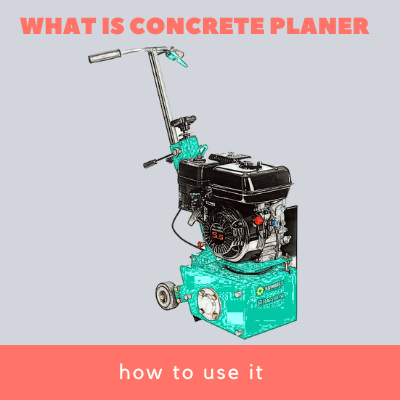
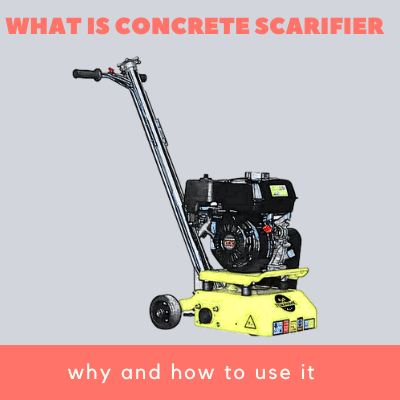
I think your infographic for “Why Concrete Milling is Done?” is flawed, you (or your team) might have taken an infographic template and forgot to change the text on the “Durability” part.
thanks for your kindness,Jose